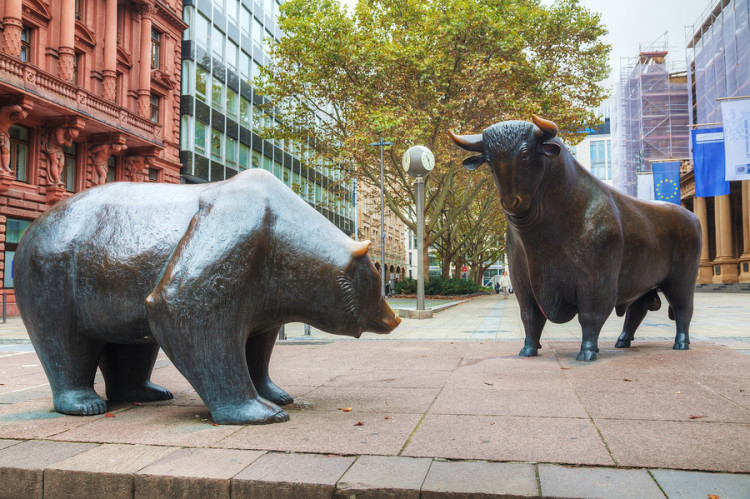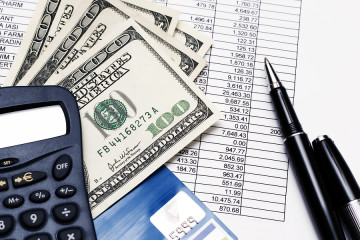U.S. 30-Year Bonds Fall After Demand Weakens at $15 Billion Sale

U.S. yields rose as the sale garnered the week’s smallest number of bids submitted for each one accepted, a figure known as the bid-to-cover ratio. Thursday’s offering followed $47 billion of Treasury issuance and more than $40 billion of new corporate debt this week.
The decline marks a pause from a year-to-date rally in Treasuries as traders push back bets on when the Federal Reserve will raise interest rates and as a slumping dollar has made the debt cheaper for overseas buyers. U.S. long bonds yield more than similar-maturity debt in the the U.K., Germany or Japan. Investors flocked to the week’s previous Treasury auctions, with a group of institutional buyers known as indirect bidders purchasing 73.5 percent of 10-year notes sold Wednesday, the most in data that go back to 2003.
“Since we’re toward the lower end of the ranges” for Treasury yields, “there’s some caution setting in,” said Gennadiy Goldberg, strategist with TD Securities (USA) LLC. “The next move in rates might be up instead of down.”
Thursday Trading
The 30-year yield rose two basis points, or 0.02 percentage point, to 2.60 percent as of 5 p.m. New York time, according to Bloomberg Bond Trader data. The price of the 2.5 percent security due in February 2046 was 97 31/32.
The benchmark 10-year note yield rose one basis point to 1.75 percent.
The bonds due in May 2046 sold Thursday at a yield of 2.615 percent. The bid-to-cover ratio, a gauge of demand, fell to 2.19 from 2.4 at last month’s sale of the securities, while indirect bidders bought 59.7 percent, down from 65.1 percent previously. The sale was rated “average” in a Bloomberg News survey of primary dealers.
Returns on 30-year bonds pushed past 10 percent for 2016 on Wednesday, beating a 5.4 percent rally for 10-year notes and 3.8 percent for the broader Treasury market, based on Bank of America Merrill Lynch Indexes. The Bloomberg Dollar Spot Index has fallen more than 4 percent this year and is down about 6 percent from this year’s high set in January.
Fed Expectations
Smaller-than-forecast growth in U.S. payrolls data released last week reignited a debate over how fast the Fed will raise rates. Traders are betting policy makers will wait until 2017 before their next increase, futures contracts indicate.
“The market remains too pessimistic about the fundamental strength of the U.S. economy, and the likelihood of removing monetary accommodation is higher than is currently priced into financial markets based on current data,” Boston Fed President Eric Rosengren said Thursday.






No Comment